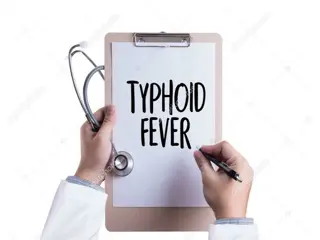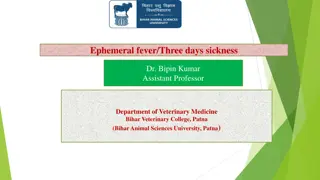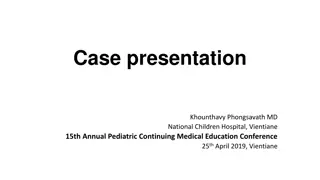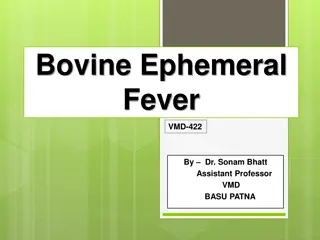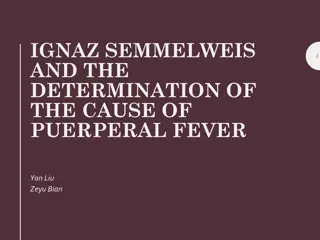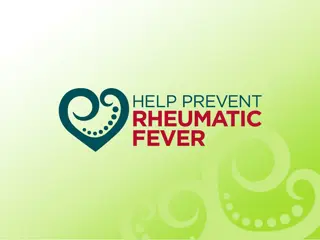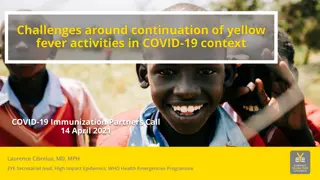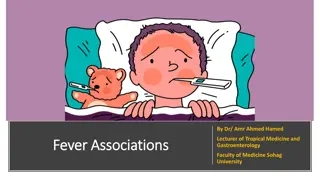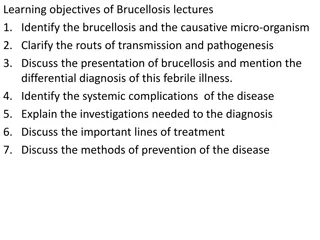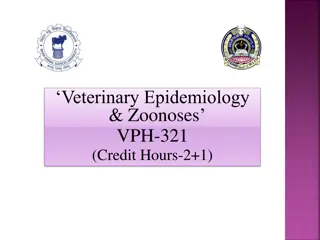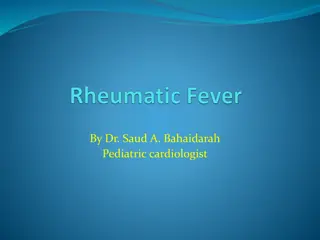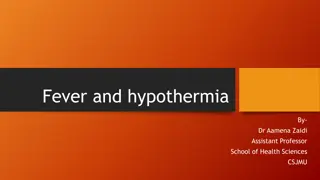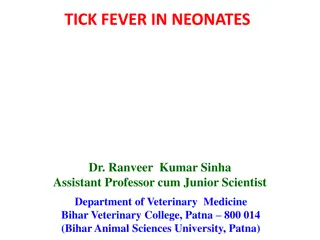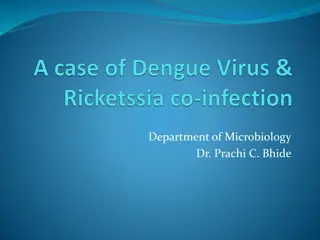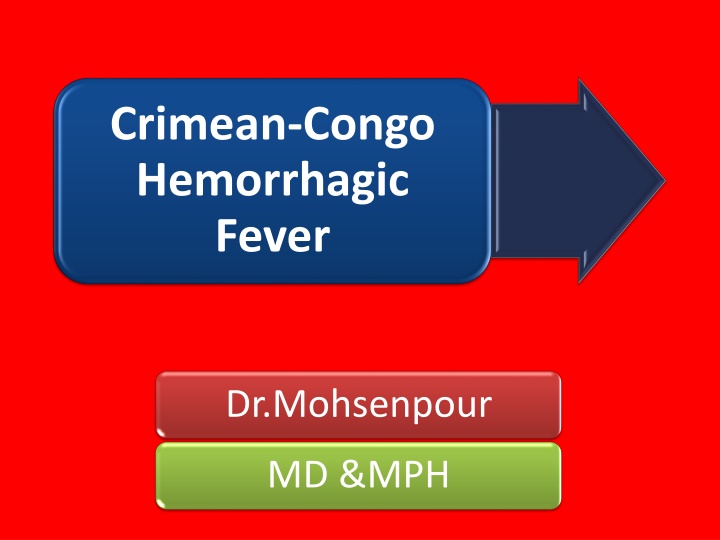
Crimean-Congo Hemorrhagic Fever: Causes, Transmission, and Prevention
Crimean-Congo Hemorrhagic Fever (CCHF) is a zoonotic viral disease with a wide geographic distribution, posing a threat to both animals and humans. Learn about the etiology, transmission, and importance of CCHF, along with the necessary disinfection methods to prevent its spread.
Download Presentation

Please find below an Image/Link to download the presentation.
The content on the website is provided AS IS for your information and personal use only. It may not be sold, licensed, or shared on other websites without obtaining consent from the author. If you encounter any issues during the download, it is possible that the publisher has removed the file from their server.
You are allowed to download the files provided on this website for personal or commercial use, subject to the condition that they are used lawfully. All files are the property of their respective owners.
The content on the website is provided AS IS for your information and personal use only. It may not be sold, licensed, or shared on other websites without obtaining consent from the author.
E N D
Presentation Transcript
Crimean-Congo Hemorrhagic Fever Dr.Mohsenpour MD &MPH
Importance zoonotic viral disease asymptomatic in infected animals transmitted by ticks, animal-to-human and human-to-human transmission also occur farmers ,agricultural workers, veterinarians, laboratory workers , hospital personnel Africa, the Middle East and Asia, as well as parts of Europe. bioterrorist agent
Etiology Crimean-Congo hemorrhagic fever virus (CCHFV) This virus is a member of the genus Nairovirus in the family Bunyaviridae It belongs to the CCHF serogroup
Geographic Distribution Africa the Middle East Portugal France Asia Hungary, Crimea Kosovo Astrakhan Albania Rostov Greece Uzbekistan Bulgaria Kazakhstan Turkey Tajikistan
Transmission circulates between asymptomatic animals and ticks in an enzootic cycle This virus has been found in at least 31 species of ticks, including seven genera of the family Ixodidae (hard ticks). Members of the genus Hyalomma seem to be the principal vectors
Transmission CCHFV was reported from a biting midge (Culicoides spp.). It has also been found in two species of Argasidae (soft ticks); however, experimental infections suggest that CCHFV does not replicate in this family of ticks Many species of mammals can transmit CCHFV to ticks when they are viremic With a few exceptions, birds seem to be refractory to infection
Transmission the skin Ingestion Aerosol a tick crushing an infected tick with bare skin drinking unpasteurized milk Human-to-human transmission occurs, particularly when skin or mucous membranes are exposed to blood during hemorrhages or tissues during surgery CCHFV is stable for up to 10 days in blood kept at 40 C. Possible horizontal transmission has been reported from a mother to her child
Disinfection 1% hypochlorite 2% heating at 56 C for 30 min glutaraldehyde
Infections in Humans
Incubation Period Exposure to blood or tissues : 5 to 6 days, but incubation periods up to 13 days are known via tick bites : 1 to 3 days; the longest incubation period is nine days
Clinical Signs fever Chills severe headache Dizziness photophobia neck pain myalgia Arthralgia nause vomiting non-bloody diarrhea abdominal pain Sharp mood changes confusion aggression bradycardia low blood pressure petechial rash ecchymoses Hematemesis Melena epistaxis hematuria hemoptysis Hepatitis jaundice hepatomegaly. Splenomegaly hemorrhagic pneumonia
Clinical Signs In patients who survive recovery begins 10-20 days after the onset of illness. generalized weakness a weak pulse and tachycardia Sweating dryness of the mouth headache dizziness nausea poor appetite labored breathing polyneuritis poor vision loss of hearing memory loss temporarily lose all of their hair Hepatorenal insufficiency Recovery is usually complete but slow, and can take up to a year Mild febrile cases without hemorrhages are also seen
Communicability CCHFV is present in blood, body fluids and tissues from affected patients hemorrhages are an important source of exposure for other people, particularly family members and healthcare workers Possible horizontal transmission has been reported from a mother to her child.
Diagnostic Tests isolating CCHFV from blood, plasma or tissues At autopsy, the virus is most likely to be found in the lung, liver, spleen, bone marrow, kidney and brain Cell cultures can only detect high concentrations of the virus, and this technique is most useful during the first five days of illness Animal inoculation into newborn mice is more sensitive than culture CCHFV is identified by indirect immunofluorescence reverse transcription-polymerase chain reaction (RT-PCR) assays Virus isolation must be carried out in maximum biocontainment laboratories (BSL-4) IgG and IgM can usually be found with indirect immunofluorescence or ELISA after 7-9 days of illness
Treatment 10 6 4 : 30 15 6 8 7/5 . .
Prevention In endemic regions, prevention depends on avoiding bites from infected ticks and contact with infected blood or tissues.
Morbidity and Mortality The average case fatality rate is 30-50% mortality rates from 10% to 80% have been reported in various outbreaks The mortality rate is usually higher for nosocomial infections than after tick bites


